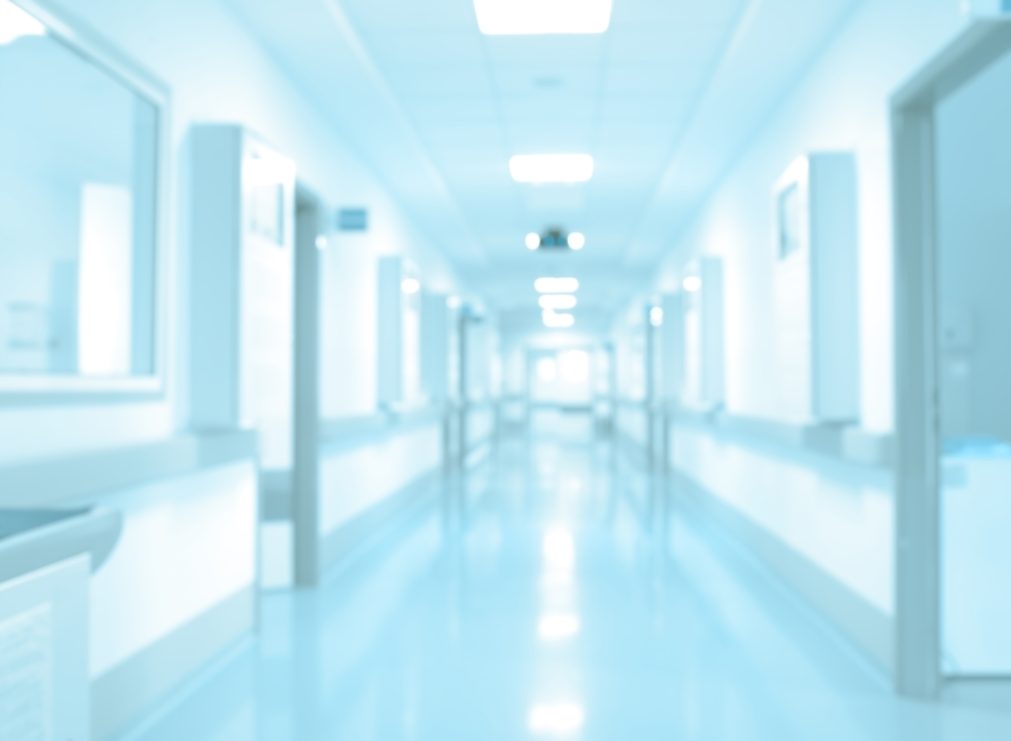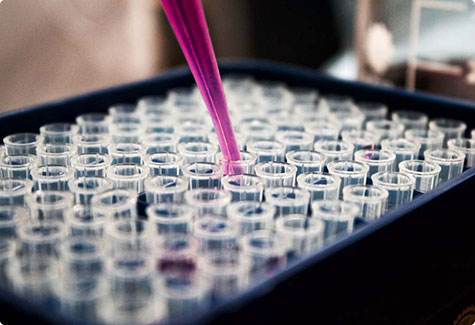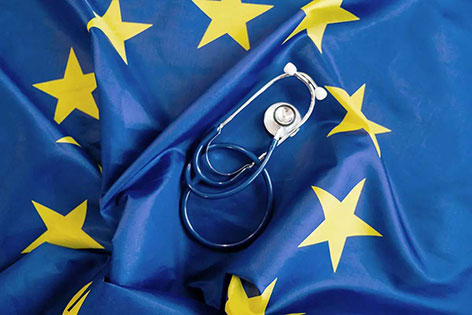Advance your career
Exchange Programme (EP)
The ESAIC Exchange Programme facilitates European medical professionals’ access to top training centres for advanced learning in anaesthesiology, intensive care, and pain medicine, enhancing skills to benefit their home centres.

The call for applications for the ESAIC Exchange Programme 2025 is closed.
The call for applications for 2026 will reopen next year. Stay tuned for more information.
ESAIC Exchange Programme Application
Applicant must be an ESAIC Active/Trainee Member actively working in Europe (as defined by the World Health Organisation) at the time of the deadline.
Applicant must be resident or specialist.
Resident/Young Specialist – no less than a 3rd-year Trainee and young specialist in their first 5 years.
Specialist – no less than a 4th-year Specialist or more senior.
- Please check the Application Guide and Checklist before you apply using the Application Form. The Guide and Checklist have been specially designed to help your application process and contain essential information.
- Selected applicants will be required to write an article for the ESAIC eNewsletter describing their experience upon completion of the training period, within 1 month after finishing the training.

Frequently Asked Questions
What about funding?
The ESAIC Exchange Programmes are open to European residents and specialists who are interested and are successful in securing a scholarship, educational grant, or can afford their travel expenses, accommodation etc.
Hospitals/universities are strongly encouraged to offer their residents/specialists paid permits to facilitate these exchanges with the understanding that these will be of benefit to the fellow but also to the Home institution. Some Host centers also provide relevant information on affiliated accommodation facilities.
The ESAIC will allot a budget (to be defined on an annual basis) to support residents and specialists working in the European Lower and Upper-Middle income countries (as defined by the World Bank classification). Please note that the support offered is a symbolic amount which will not be sufficient to cover the travel, board, and living costs in the Host country. Eligible applicants can ‘flag’ the option of receiving this support at the time of their application.
Medical Tourism: Training in another country
Particularly in the UK, trainees in anaesthesiology or intensive care often spend a year training in another country. This was known as the “BTA” which used to mean “Been to America” and now more often means “Been to Australia”. Well-chosen training posts were often formative, with advantage to the sending center, the trainee, and the center that received the trainee. However these “years out” could often be more of a tourist opportunity, and much of the learning takes place in the first 3 months. Since the UK, North America, and Oz (Australia) have approximately the same language, such transfers are easy.
Benefits for home and abroad
For Europe, we propose a more concentrated and formative scheme.
Selected residents and specialists will be put in contact with centers chosen to offer excellent training in specific topics. We believe that after the exchange a resident or specialist will absorb a great deal of new clinical experience, and return with new skills and enthusiasm, ready to pass the benefits on to other colleagues at home.
IMPORTANT
Before commencing an educational experience at the designated center, applicants are asked to consult https://www.who.int/emergencies/situations to ascertain whether any health emergencies or humanitarian crises are occurring at destination. ESAIC does not assume responsibility for any incidents incurred during travel whose consequences cannot be covered by the AIG Travel insurance provided.
Do I have to speak the local language of the center I am applying to?
This depends on the host center. In the list of host centers, it is indicated which languages are required in order for you to carry out the exchange.
Host Center Application
Identifying centers willing and capable to support this programme and to accept one or more residents/specialists for up to three months at a time is a critical component of this programme. The ESAIC is always actively recruiting well known, recognised centres with a large volume of clinical activity and excellent facilities for teaching. Applications should be made to the ESAIC Secretariat (by means of a specific form – see below) Exchange Programme Committee. The allocation will be carried out by the Exchange Programme Committee, and the Board will be closely monitoring the success of the scheme.
For this project to be successful, it will be essential to offer exchange programmes of a variety that will attract and educate the candidates. We expect that exchange programme participants will be future leaders, who retain links with, and affection for, their previous training center!

Interested in Cardiothoracic Anaesthesiology and Intensive Care?
The ESAIC is proud to announce its collaboration with the European Association of Cardiothoracic Anaesthesiology and Intensive Care (EACTAIC) in providing high-quality training and education to prepare young professionals working in the field of cardiothoracic and vascular anaesthesia.
We invite all residents and specialists who are interested in the perioperative care of patients undergoing cardiac, thoracic and vascular surgery and related interventional procedures to visit EACTAIC Exchange Programme Webpage.







